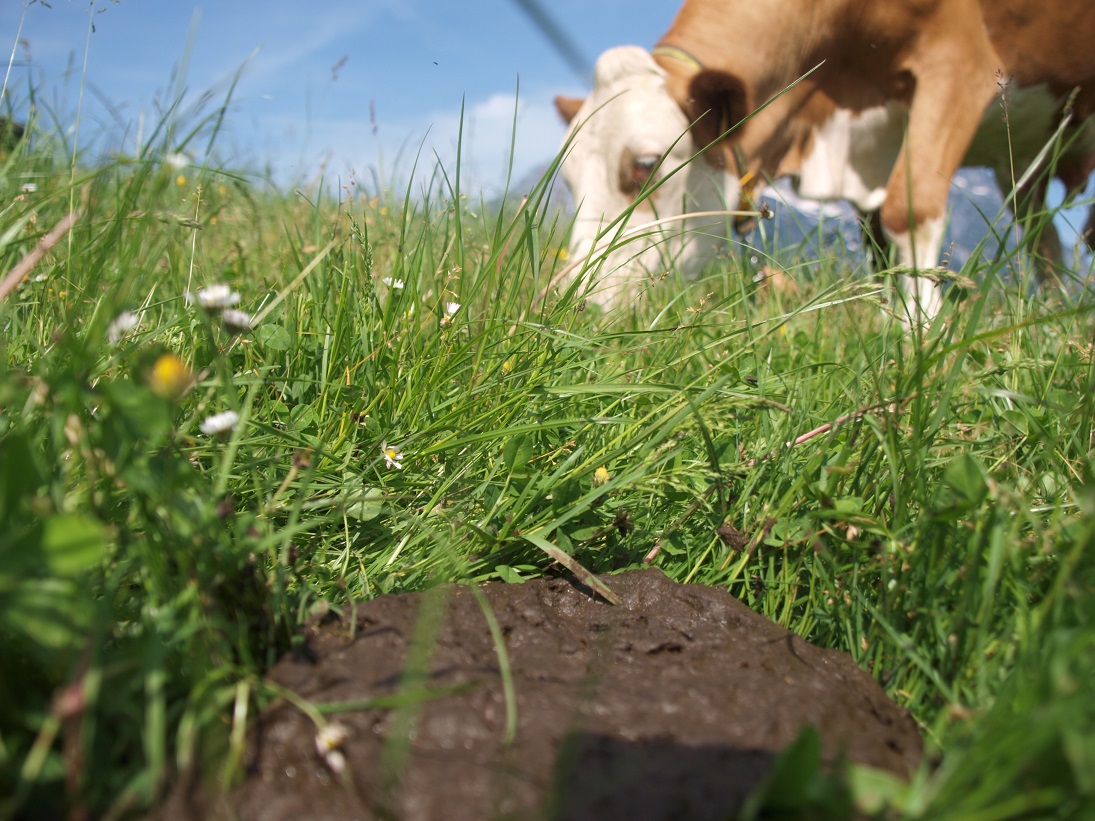Fecal assessment as a meaningful control option
Changes in feed and ration are only visible after a few days to weeks in terms of milk quantity, hoof health or other health parameters. Changes in the feces, on the other hand, can be recognized after 12 to 48 hours. This, and the fact that cows defecate every 2 to 4 hours, make feces a valuable tool for monitoring feeding. The color, smell and consistency of the feces as well as undigested food particles from the feces screening are evaluated. For example, reduced rumination activity can be determined by long leftover food in the feces sieve. The degree of crushing of grain and corn kernels can also be checked. Conclusions about the health status of the animals can be drawn from the color and smell of the feces or from intestinal skin detachments from the feces screening.
The droppings should not only be seen as fertilizer or even as a waste product of cattle farming, but rather as an opportunity to gain an insight into the cattle's digestive system.
Specialist brochure available
In a new specialist brochure from ÖAG, the principles of ruminant nutrition are compared with practical tools for ration and health control. The focus is on the feces assessment. These and other interesting specialist brochures on the topic are available directly on the ÖAG homepage. here for the brochure.







